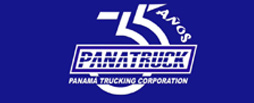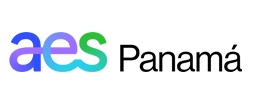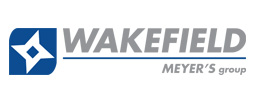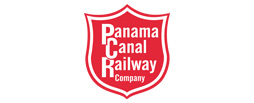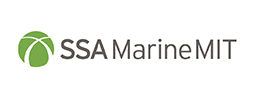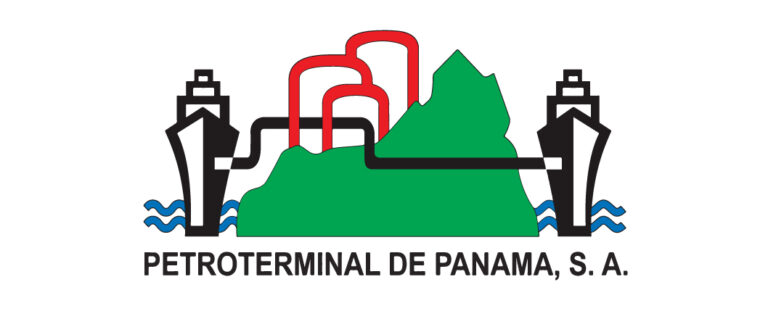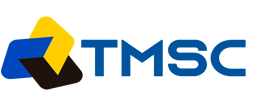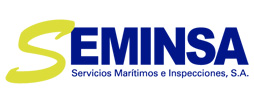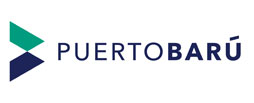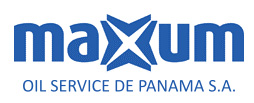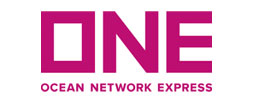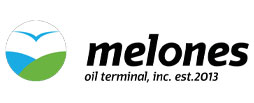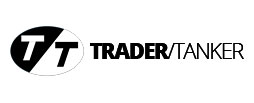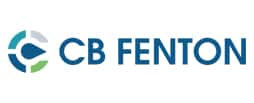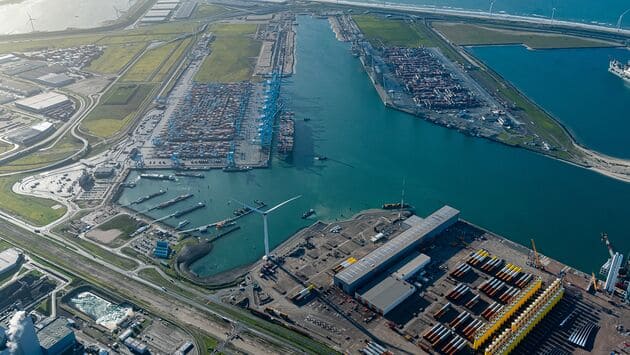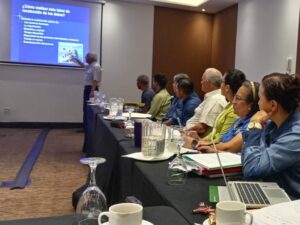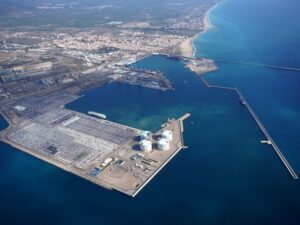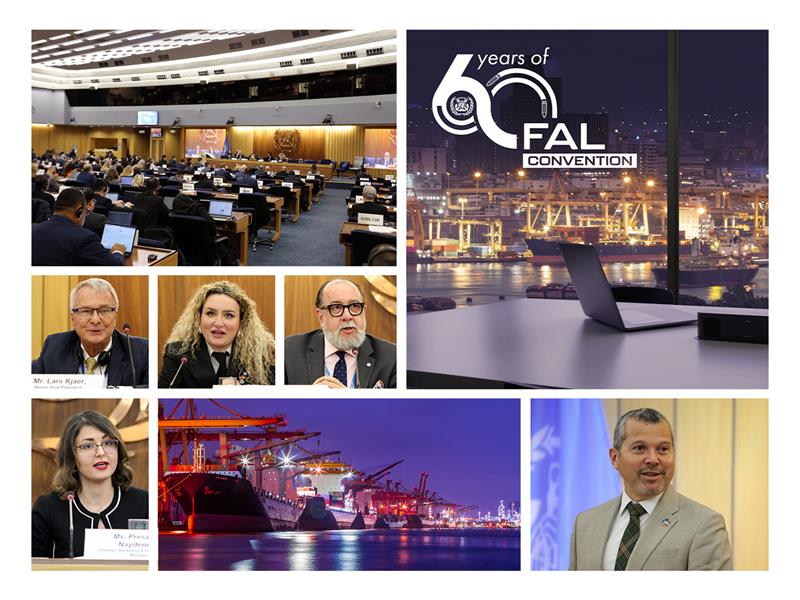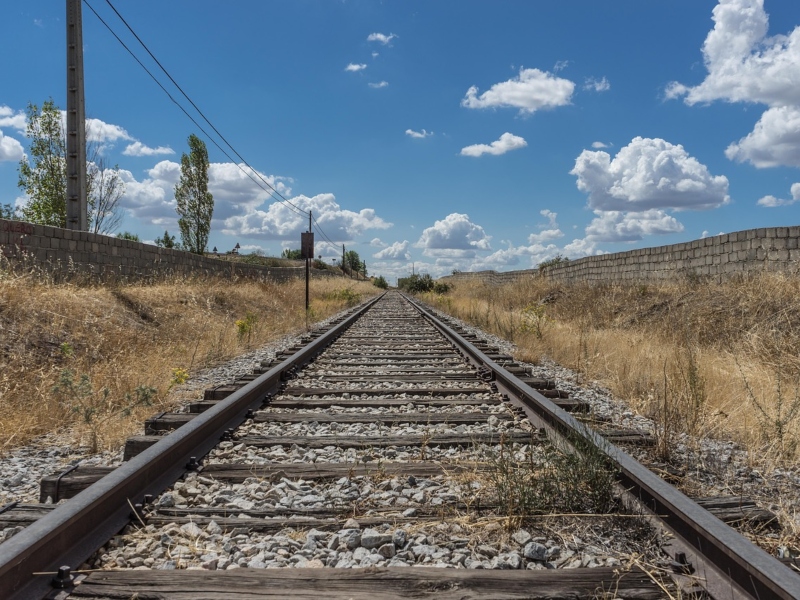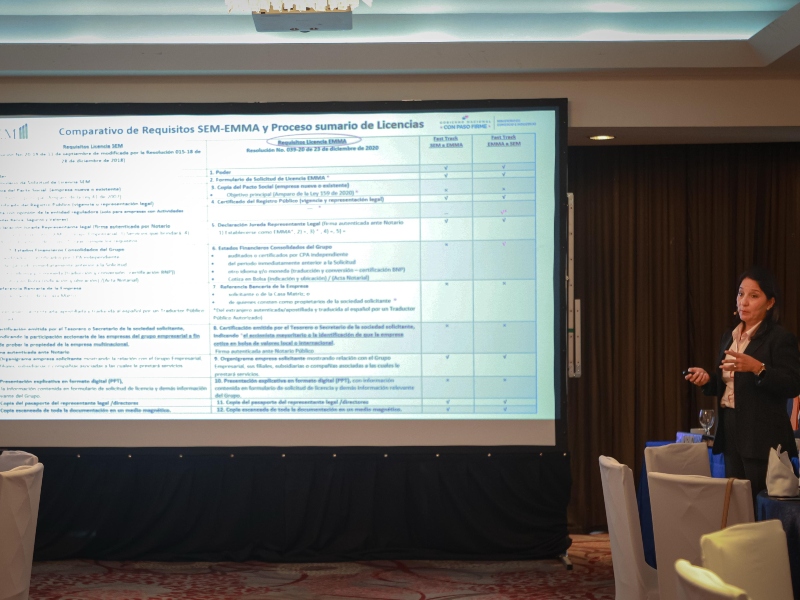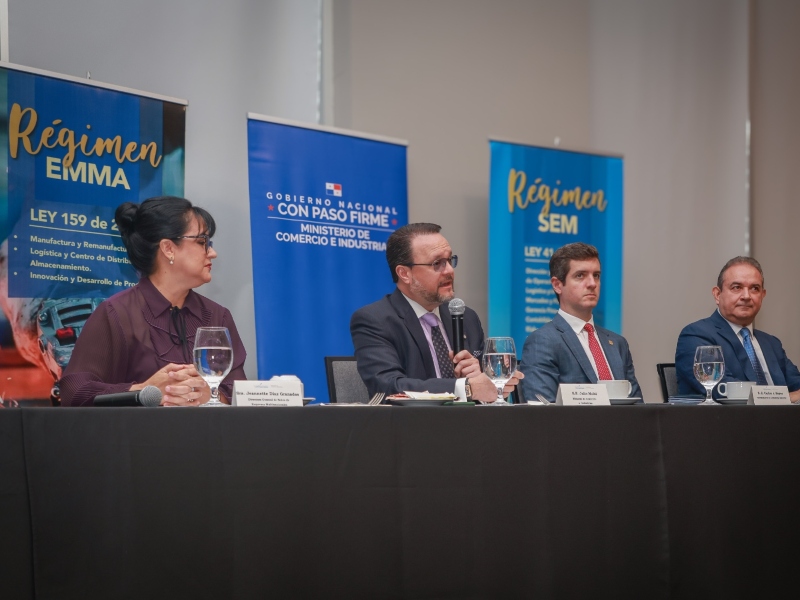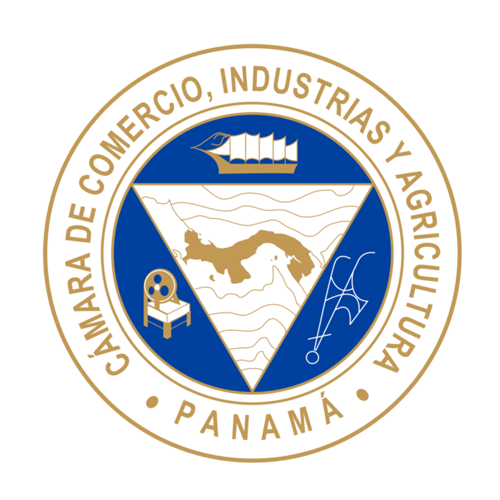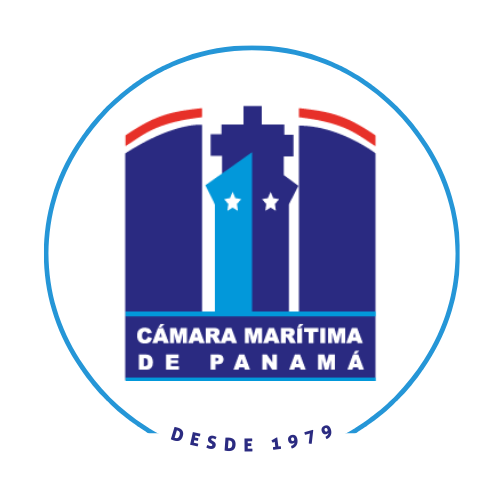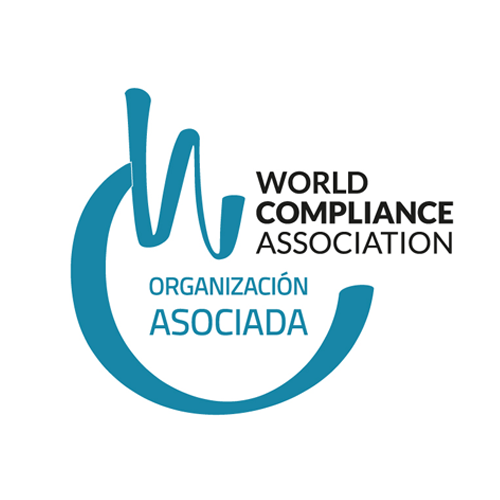The volume of total cargo throughput in the port of Rotterdam was 5.5% lower in the first half of the year (220.7 million tonnes) than in the same period in 2022 (233.5 million tonnes). The fall was mainly seen in coal throughput, containers and other dry bulk (commodities). Throughput in the agribulk, iron ore & scrap, and LNG segments increased.
Source: Port of Rotterdam
In the first half of the year, the agreements were signed for the expansion at the container terminals in the Prinses Amaliahaven. This expansion will, in time, result in a potential flow of some 4 million TEUs (standard size for containers). The Port Authority’s robust financial results put it in a position to continue investing in the transition to cleaner energy and in good accessibility.
- Substantial investment in first six months in extra container terminal capacity
- Major progress in energy transition: shore power in place, investment decision on hydrogen pipeline, Sif plant expansion, sustainability in inland shipping sector and new agreements about imports of green hydrogen
- Fall of 5.5% in cargo throughput due to high inflation and downturn in economy
- Robust revenue and operating result for the Port of Rotterdam Authority
Boudewijn Siemons, interim CEO and COO of the Port of Rotterdam Authority: “Despite economic uncertainties and geopolitical tensions, major advances were made in the first half year in the construction and issuance of new land and quay walls to make room for, among other things, the production and imports of green hydrogen and additional capacity in the container segment. An important step was made with the issuance of the land in the Prinses Amaliahaven to APM Terminals and RWG. We want to provide our customers with the necessary space and facilities in good time so that they can continue to operate and grow in a sustainable way.”
Finances of the Port of Rotterdam Authority
The Port of Rotterdam Authority’s financial results were robust in the first half year of 2023. Revenue, mainly from port dues, and rental and leasehold income, was € 4.3 million higher than in the first half of 2022 at € 416.5 million. Operating expenses rose by € 10.2 million to € 134.6 million. As a result, earnings before tax, interest, depreciation and amortisation fell by € 5.9 million to € 281.9 million. The net result was down € 26.1 million at € 116.5 million due to two one-off items. In the first half of the year, due to the ruling of the Council of State relating to the 25-kilometre restriction, the acquired nitrogen rights (€ 8.0 million) and a Porthos guarantee premium (€ 7.3 million) were written off, with a negative result for participating interests as a result.
Gross investments in the first half of 2023 amounted to € 135.7 million, including capital injections in participating interests (first half of 2022: € 117.1 million). The main investment in the first half of 2023 was the construction of the Prinses Amaliahaven quay wall (€ 38.3 million).
Dry bulk
Throughput in the dry bulk segment fell by 11.7% in the first half year. Coal throughput fell 14.5% to 12.4 million tonnes, primarily because of low demand for energy coal for power production. In both the Netherlands and Germany, the main destination for coal, renewable sources such as wind and solar were used more for power production in the past half year. Throughput in the iron ore & scrap segment was 8.9% higher at 13.0 million tonnes despite low demand for iron ore from the steel mills in Rotterdam’s hinterland.
However, exports of scrap metal increased. Most scrap metal goes to Turkey, where steel production resumed quickly after the earthquake in February. The striking fall of 62.8% in the other dry bulk segment is linked to the 54.6% increase in the agribulk segment associated with the correction of an erroneous declaration in the sea port dues system in 2022, with the volumes in the other dry bulk segment being incorrectly declared as agribulk. Taking this correction into account, the increase in the agribulk segment was 8.5%, mainly due to growth in oil seeds from South America. After correction, there was also a decrease in the other dry bulk segment, primarily as a consequence of the decline in energy-intensive production, such as steel and aluminium, due to high energy prices.
Liquid bulk
In the first half of the year, the throughput of liquid bulk fell by 0.6%. The throughput of crude oil was 1.4% lower at 51.8 million tonnes. Incoming Russian oil has now been completely replaced by crude oil from the United States, Norway, West Africa and the Middle East. The throughput of mineral oil products was 1.9% lower in the first half year at 6.2 million tonnes. The throughput of LNG continued to rise in the first half year, by 9.8% to 5.9 million tonnes. Most LNG (62%) is imported from the United States.
Containers and breakbulk
Container throughput in tonnes was 9.3% down in the first half of the year at 64.4 million tonnes; the fall in TEUs was 8.1% to 6.7 million. There are two principal reasons for the decline in container throughput: the termination of volumes to and from Russia and the fall in imports from Asia. However, the reliability of the sailing schedules of container vessels continued to improve in the first half of the year. This led to an improvement in volume handling at the port and to the hinterland. Roll-on/roll-off traffic (RoRo) dropped 3.2% to 13.3 million tonnes. In addition to declining demand due to high inflation and stockpiling, the RoRo segment is also affected by the weak UK economy. The general cargo segment fell to 3.4 million tonnes (–11.5%). The main reason is that a lot of general cargo is again being shipped in containers given the low container rates.
Digitalisation
The first half of the year saw major advances in the area of digitalisation. After an intensive pilot phase, Nextlogic was launched officially in January 2023. The aim of the integrated planning tool is to ensure that inland vessels in the port are handled faster and that terminals can make the best use of their quays. Nextlogic expects that, with the connection of more barge operators during 2023, more than 90% of the inland shipping volume at the deep-sea terminals will be routed using this integrated planning tool.
Distro Energy was launched in June of this year. Distro Energy is a fully automated trading platform that allows companies to trade self-produced energy with each other locally and to optimise the use of that energy. The platform is accelerating the energy transition with a new market model that makes it possible to offer better prices for renewable power locally. This will not only raise the local use of renewable power and therefore limit congestion, but also deliver lower costs for users and better returns for parties that produce and/or store renewable energy.
Progress on the energy transition
After long years of preparation, the energy transition is progressing across the entire spectrum. Some seventy projects are currently progressing in various phases, and the energy transition is becoming increasingly visible. Green hydrogen plays a central role in the new carbon-neutral port and economy. The Port of Rotterdam Authority is working on a series of concrete projects throughout the chain of production, infrastructure, transport, imports and use to achieve the climate goals. Alliance agreements for the large-scale imports of green hydrogen were signed this year with parties in countries including Brazil, Spain and Namibia. To produce green hydrogen, two conversion facilities are being set up on Maasvlakte 2. Several companies have plans to build green hydrogen plants here with a capacity of 200-250 MW each. Shell has started work on the construction of the first hydrogen plant. All the available land on the conversion facilities has now been issued.
Elsewhere on the Maasvlakte, space is now being created for a new electrolysis cluster. An eleven-hectare site was set aside here in April 2023 for a hydrogen plant up to 1 GW in size for the party that wins the tender for the Beta section of the IJmuiden Ver wind farm. The Port Authority’s ambition is 2 to 2.5 GW of electrolysis by 2030. The national government is aiming for 4 GW nationwide by 2030. Gasunie took the investment decision in June for the first section of a national hydrogen network from Maasvlakte 2 to Pernis. Work will begin after the summer. From 2030 onwards, the hydrogen network will connect the major industrial regions in the Netherlands and surrounding countries such as Germany and Belgium with one another. The Dutch company Sif will expand its existing plant for monopile foundations on Maasvlakte 2. The first production activities are planned for the second half of 2024.
Significant progress in the area of shore power was also made during this half year. The project for the shore power installation for cruise vessels started in early June and, from late 2024 onwards, the first cruise vessels in Rotterdam will be able to plug in. The work on the sustainability of inland shipping also took more concrete shape with ongoing investment in Zero Emission Services (ZES), a company that focuses on the electrification of inland shipping, and the launch of the Condor H2 project. Condor H2 will provide hydrogen storage and fuel cells with a battery pack on a pay-per-use basis so that vessels can make the transition to being emission-free with a limited upfront investment for shipowners. This alliance between the Port of Rotterdam Authority, the Province of Zuid-Holland and more than forty partners will make it possible for fifty vessels to sail emission-free by 2030.
Outlook
Over the year as a whole, we expect a minor fall in throughput volumes in response to the uncertainties caused by the current geopolitical situation and high inflation. Limited growth in the Dutch economy and recessions abroad are depressing global trade volumes and industrial production. With respect to the Porthos CO2 transport and storage project, the Council of State expects to make a ruling after the summer about whether the ecological assessment demonstrates adequately that the temporary deposition of nitrogen associated with Porthos has no significant effect on protected natural areas. Meanwhile, preparations have continued. As soon as the permits are definitive, Porthos will make a final investment decision.
The fact that the Dutch government is now acting in a caretaker capacity means that there is a risk of stagnation in a number of important areas such as climate and nitrogen. The Port of Rotterdam Authority is willing and able to make a significant contribution to achieving the Dutch climate goals. That will involve making major investments in infrastructure possible over a period of many years. The port of Rotterdam also needs more latitude under the regulations applicable to nitrogen emissions and sufficient grid capacity in order to implement a range of projects in the field of the energy transition. If there are delays, the ambitions cannot be achieved in time and the process of making industry, and therefore the Netherlands, sustainable will stagnate. In the time ahead, the Port of Rotterdam Authority remains committed to moving ahead and implementing these concrete projects.
![]()




